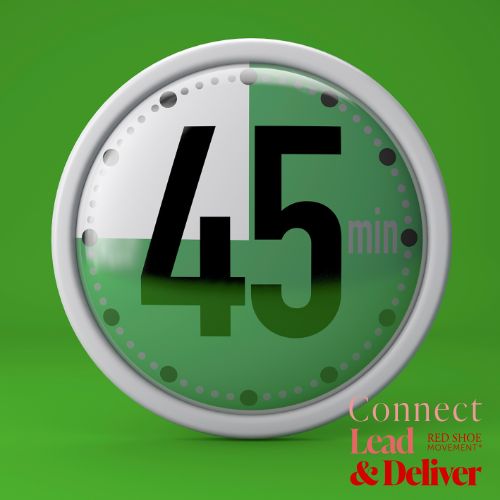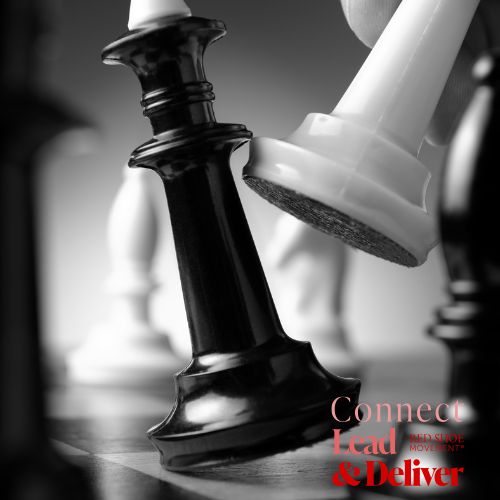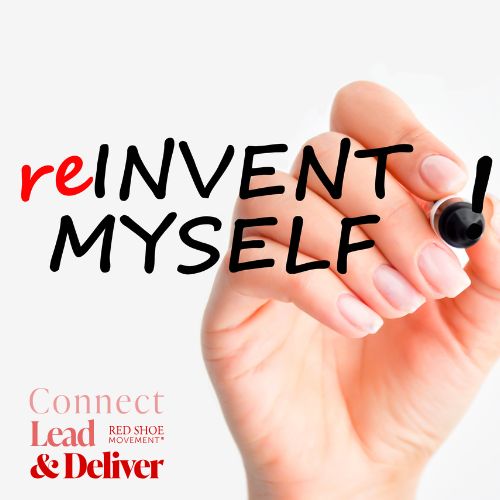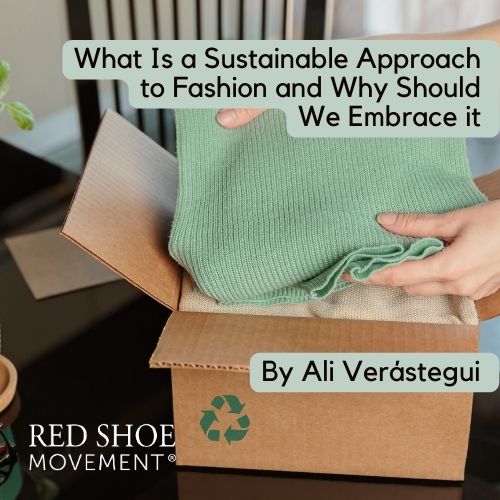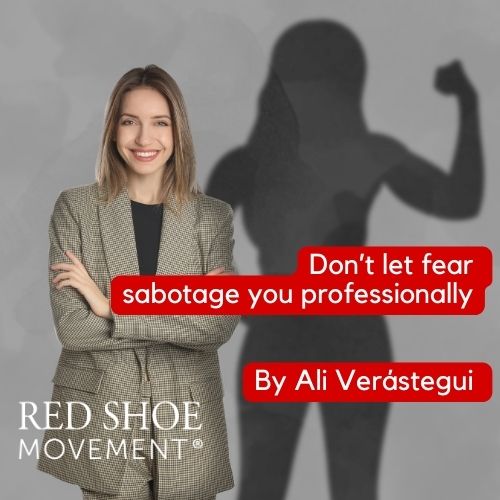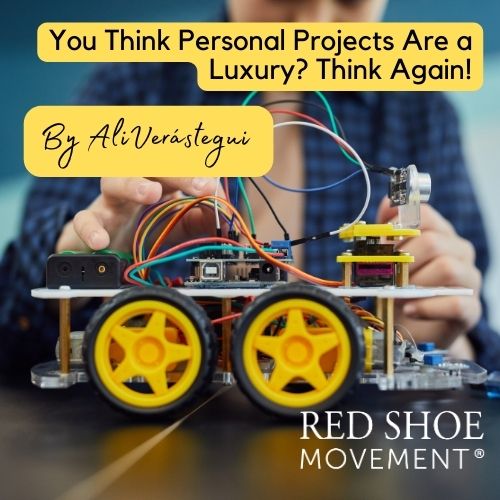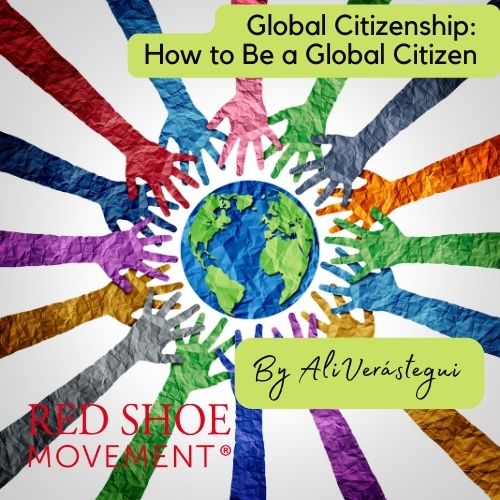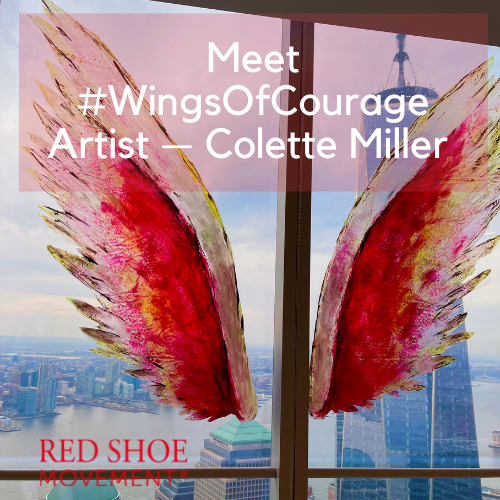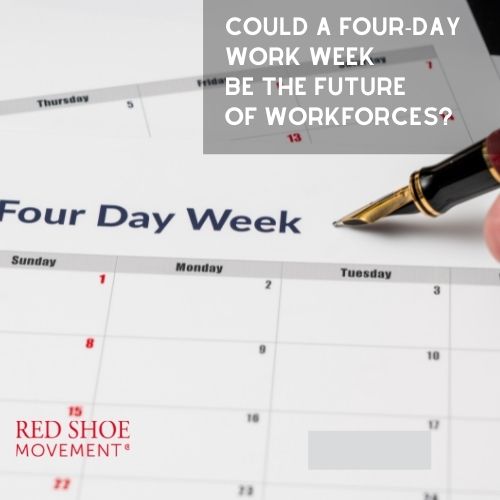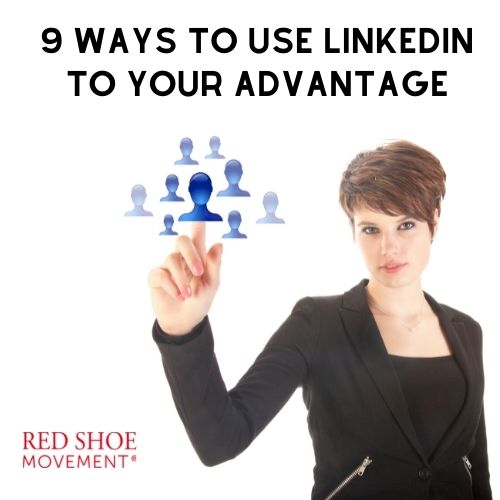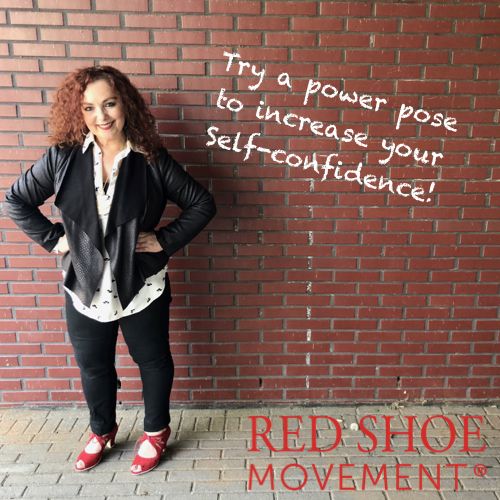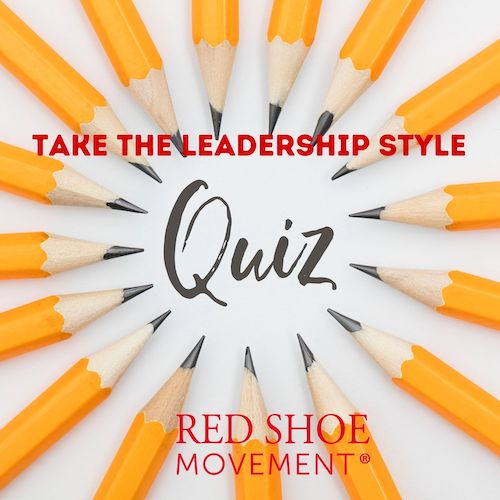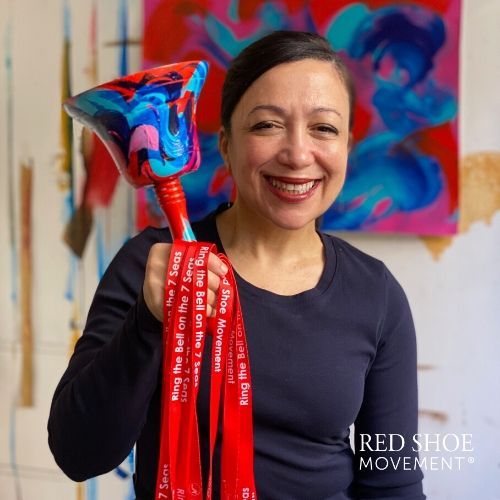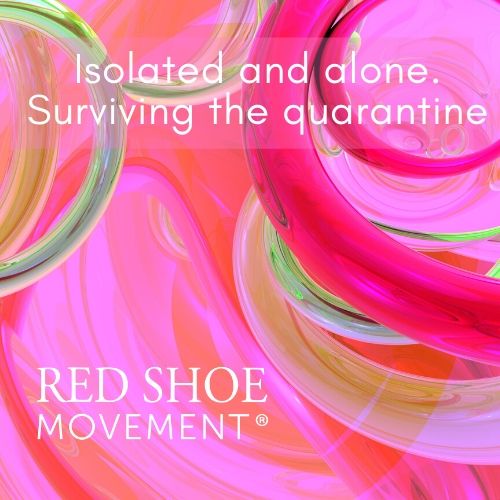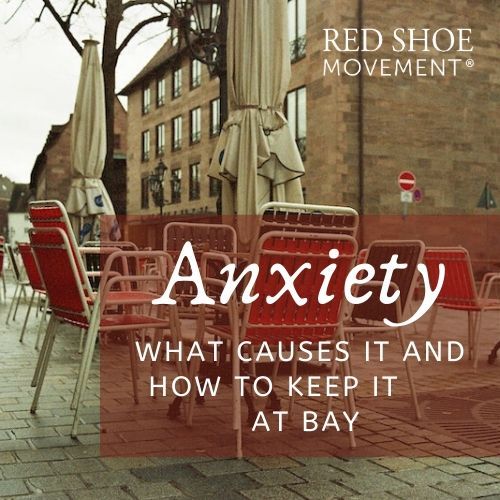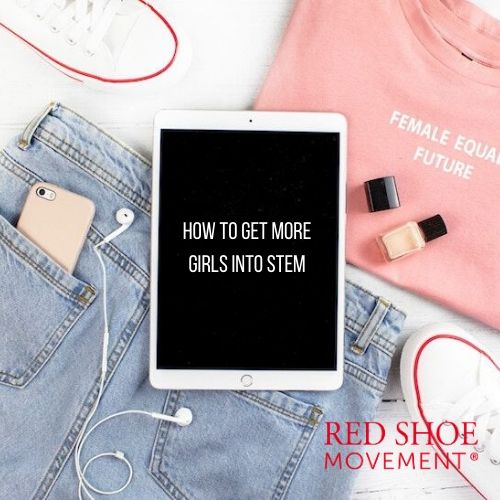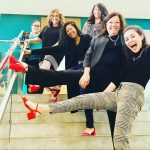Discover how aging brain research benefits from diversity in science. And help address disparities in health by taking the MindCrowd online test.
When we learned about Dr. Huentelman’s MindCrowd project and his team of scientists, two things caught our attention. First, he achieved diversity in science. His team consists of more women than men with a variety of backgrounds. Next, his cognitive function and aging brain research study was designed to allow everybody to participate.
Achieving diversity in science is no simple feat. Science can benefit from the varied perspectives brought about by a diverse team. Each team member contributes different approaches to problem-solving and research analysis.
[av_one_half first av_uid=’av-2r0c13y’]
Not only has this team achieved diversity in science in their workplace, they also want to engage the largest and most diverse group of people to take part in the MindCrowd study. Many demographic groups (including women and Latinos) are often absent from clinical trials and scientific research studies. Minorities’ lifestyles, genetics and environmental factors are not studied or taken into account. This lack of representation has serious consequences like inaccurate findings and/or healthcare disparities.
[/av_one_half][av_one_half av_uid=’av-23j52qm’][av_hr class=’invisible’ icon_select=’yes’ icon=’ue808′ font=’entypo-fontello’ position=’center’ shadow=’no-shadow’ height=’15’ custom_border=’av-border-thin’ custom_width=’50px’ custom_margin_top=’30px’ custom_margin_bottom=’30px’ custom_border_color=” custom_icon_color=” id=” custom_class=” av_uid=’av-1pho25a’ admin_preview_bg=”]
Table of Contents
[av_sidebar widget_area=’TOCWidget’ av_uid=’av-11qj5z2′]
[/av_one_half]
[av_hr class=’invisible’ icon_select=’yes’ icon=’ue808′ font=’entypo-fontello’ position=’center’ shadow=’no-shadow’ height=’5′ custom_border=’av-border-thin’ custom_width=’50px’ custom_margin_top=’30px’ custom_margin_bottom=’30px’ custom_border_color=” custom_icon_color=” id=” custom_class=” av_uid=’av-m9uvcu’ admin_preview_bg=”]
MindCrowd is the largest online scientific research of the aging process. Backed by the Translational Genomics Research Institute (TGen) in collaboration with the Universities of Arizona, Miami, Emory and John Hopkins.
Its goal is to find out how to extend quality of life by helping people keep their cognitive abilities in old age. In simple terms, they are trying to help us keep our thinking, learning, understanding skills and working memory for as long as we live.
Given the impact of the study, we sat down with Dr. Matt Huentelman, TGen’s Professor of Neurogenomics and Dr. Carol Barnes, Regents Professor and Director of the Evelyn F. McKnight Brain Institute at the University of Arizona, to learn about this powerful project and to listen to some of their insights on achieving diversity in science.
Bonus for those who read to the very end. These two scientists share their recommendations on dealing with COVID-19.
If you want to take part in the study, grab your laptop, desktop or tablet and visit mindcrowd.org. The test takes about 10 minutes, it’s like a video game and you will find out how your brain compares to others like you.
MindCrowd, the Most Diverse Aging Brain Research Online Study

RSM – Matt, what led you to study the aging brain?
MH – Aging has always fascinated me because of its complexity. Our differences in aging are due to our genetics, our lifestyle choices, the diseases we have, and even diseases we may have had and recovered from. The long-time frame of aging in the human being is such a tough thing to study… and I have always been attracted to that. The process of time – aging – amplifies our individual differences, which is both interesting and difficult to study at the same time.
RSM – Carol, are there similarities between the animals you have studied and the human aging brain?
CB – Yes, there are actually many similarities between them. I have been studying memory and the aging brain for over 4 decades in rats and monkeys. And there is one kind of memory we can test across animals – spatial memory.
That’s the kind of memory that allows you to remember your way home or where an object is in relation to another. Something you may have noticed people with Alzheimer’s dementia have trouble with.
Spatial memory worsens with age across every examined species, including humans. Of course, a rat is old at 2 years of age, monkeys at 22, and humans at 65. So far, the fundamental biological process of “brain aging” is similar across species, but sped up in other animals compared to humans.
RSM – What is the difference between normal brain aging and Alzheimer’s disease?
CB – Alzheimer’s disease (AD) and other dementias are not part of normal aging. Furthermore, only humans develop Alzheimer’s disease – other animals do not. Thanks to this difference we are able to use these other animals to define what to expect for normal aging.
There are two consistent changes in normal brain aging. A lower number and reduced function of connections between brain cells or synapses. And a reduced ability to strengthen the connections made between cells that are thought to be the biological basis of memory.
So, in normal brain aging you may forget which word to use, you may lose things or make a bad decision once in a while. You may even forget what day it is but remember it later.
While Alzheimer’s usually occurs in an aging brain, its changes happen in a cell type that is well preserved in normal aging. Some warning signs of dementia are life disrupting memory loss, confusion with time and place, difficulty having a conversation or completing familiar tasks. The good new for us is that, only 14% of people over 70 have dementia symptoms.

The MindCrowd Project: A Scientific Study of the Aging Brain
RSM – What is MindCrowd and what is it trying to achieve?
MH – MindCrowd is an online scientific research study of the brain whose ultimate goal is to learn how to slow down brain aging. That way, people can preserve their memory for their entire life. And by doing so, avoid diseases of learning and memory like Alzheimer’s.
To achieve this goal we need to engage one million participants with the most diverse backgrounds in the United States and the world.
RSM – Who should take the MindCrowd memory and attention test? Why?
MH – Everybody who wants to be represented in scientific research or is curious and would like to know how their brain compares to others like them. All they need to take the memory and reaction time test is to visit mindcrowd.org on a laptop, desktop or tablet.
Lack of representation in medical research often translates into health care disparities. Quite often, scientific research is done in person. That is not convenient for those who work full-time jobs, have more than one job, or live far away from a University. This results in a lack of scientific and medical information for these underrepresented groups of people. This can then translate into poorer medical care.
In short – the discoveries made in science and medicine are most specific for those groups who take part in scientific studies. We recognize that this is a problem, that some groups of our United States “melting pot” are being left out of research.
We hope that by conducting a study online, we can encourage everybody to be part of our human brain research and help end disparities in healthcare.

CB – We want to expand MindCrowd to include studies of people across the United States that are representative of the population. Most studies of cognitive health in aging have been small, cross-sectional, and geographically and ethnically constrained. We need to study more people so we can understand what groups will benefit most from what types of treatments.
A so-called Precision Medicine approach such as used in cancer research, is a must to understand how to avoid age related cognitive decline. We want to be in a position to guide public policy and health decisions, and to take the next steps to personalize intervention strategies. When we apply these approaches to the process of aging we call it Precision Aging.
How to Achieve Diversity in Science
RSM – What do you believe it takes to achieve diversity in science?
MH – I strongly believe that diversity in science is driven by actions that encourage participation by young students. We have to begin to encourage grade and high schoolers to consider science as a career. Help them understand that they can be leaders in high tech fields. So, I believe it starts with a focus on the young minds out there.
It is critical to develop and support programs that have a focus on the recruitment of diversity into STEM (science, technology, engineering, and math-based fields). Support the teachers who foster and represent diversity in the grades and high schools. Help students of all types understand that their future is their own and that they can overcome any perceived pre-destiny.
I admit that it is a tall order. That our society for all of its opportunities has competing stereotypes that serve to push certain groups away from some careers. However, in science, we thrive on creativity and differing viewpoints and world views… so I really view a lack of diversity as a disservice to science and medicine.
CB – I served in many service capacities at the Society for Neuroscience, including President. One of the working groups I was involved in was tasked to try to figure out why there are so few female Full Professors in Neuroscience. At that time it was about 11%. While there are about 50% women graduate students and postdoctoral fellows, somewhere after that we start to lose women – the classic “leaky pipeline.”
No one has a good answer, of course – other than active mentoring, and developing support groups.
The situation is even more severe with respect to achieving ethnic diversity in science – where the numbers are even more extreme. Most now think we need to start at early ages to show kids how amazing STEM can be. Getting them to actively participate and realize they can be ‘good at science.’ But first, we need to tackle as a nation health and wealth disparities that need not exist.

RSM – What would be your message for women who are considering a career into STEM?
CB – Find out what really keeps your attention – find something you are passionate about – and, if it is in the STEM field – I say go for it!! There will be challenges to overcome as in any area of life – but I believe the key is to follow your heart with respect to where your passion is.
Every day I feel lucky to be in a position to ‘go in and learn and discover something new.’ My determination to understand brain aging and memory so that I can help people maintain their brain health is truly sustaining. To be sure, there are obstacles to overcome for women in STEM – but if we don’t fight to do and excel at what we love – we all lose.
I’ve gotten many awards for my work and have been elected to the National Academy of Sciences. But the award I treasure most is the Mika Salpeter Lifetime Achievement Award for mentoring women in neuroscience. So, a final word – once you find your stride in STEM – encourage others.
COVID-19 Recommendations for Dementia Caregivers
RSM – What are your recommendations for people who live and care for others with age related memory issues during this quarantine?
MH – For the caregivers, life during stay-at-home orders and quarantine can be especially challenging. Here are some suggestions that are important to consider.
Keep yourself well: This is the time for the caregiver to pay special attention to themselves. Follow the basic precautions, such as hand washing, physical distancing, don’t touch your face, and clean high touch surfaces (like doorknobs) frequently, and follow the guidelines about face coverings.
Keep others well: Remember that you can carry the virus and not show symptoms. So, when you are in public you should wear a mask.
Think of others, think of the people those you encounter will be in contact with and make sure you protect them. After all, it’s not only about you. This is a pandemic.
Keep physical distance but don’t socially isolate: It is critical to protect the most vulnerable by observing physical distancing guidelines, but we cannot let this slip into social isolation. We know that a lack of social interactions has a negative effect on the brain. Humans, by nature, are social animals and this aspect of the pandemic is perhaps one of the most significant.
Be creative about ways to keep in touch with loved ones. Each case is different, but consider video visits, phone calls, and writing letters. There are many games that can be played online with a loved one. And sometimes listening to music together or sharing a meal on a video call can be calming.

Carol A. Barnes, Ph.D.
Regents Professor, Psychology, Neurology and Neuroscience
Evelyn F. McKnight Chair for Learning and Memory in Aging
Director, Evelyn F. McKnight Brain Institute
Director, Division of Neural Systems, Memory and Aging
University of Arizona
Matt Huentelman Ph.D.
Professor, Neurogenomics Division
Scientific Director, Center for Rare Childhood Disorders
Head, Neurobehavioral Research Unit
Translational Genomics Research Institute (TGen)































